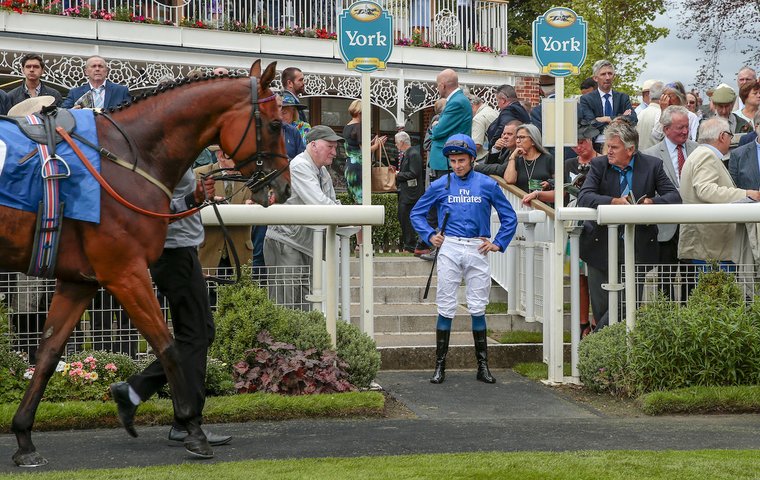
Four days of top-class racing featuring a typically star-studded clash for the Juddmonte International start on Wednesday (Aug 23) at a historic venue, where the congeniality is exceeded only by the quality of the sport
GB: If an enterprising bookmaker – and is there any other type? – were to open a market, it would probably be 10-11 each of two about whether York racecourse wears its past or its present with more panache.
In 1739, for example, the famous highwayman Dick Turpin was hanged on the Knavesmire, the common ground upon which the modern racecourse stands. In 1756, the first permanent grandstand at a racecourse – and by extension the first permanent grandstand at any sporting venue – opened for spectators at York.
In 1851, more than 100,000 people rolled up to watch the Great Match between Derby winners Voltigeur and The Flying Dutchman. Indeed, it may have been as many as 150,000, as headcounts were sketchier back then.
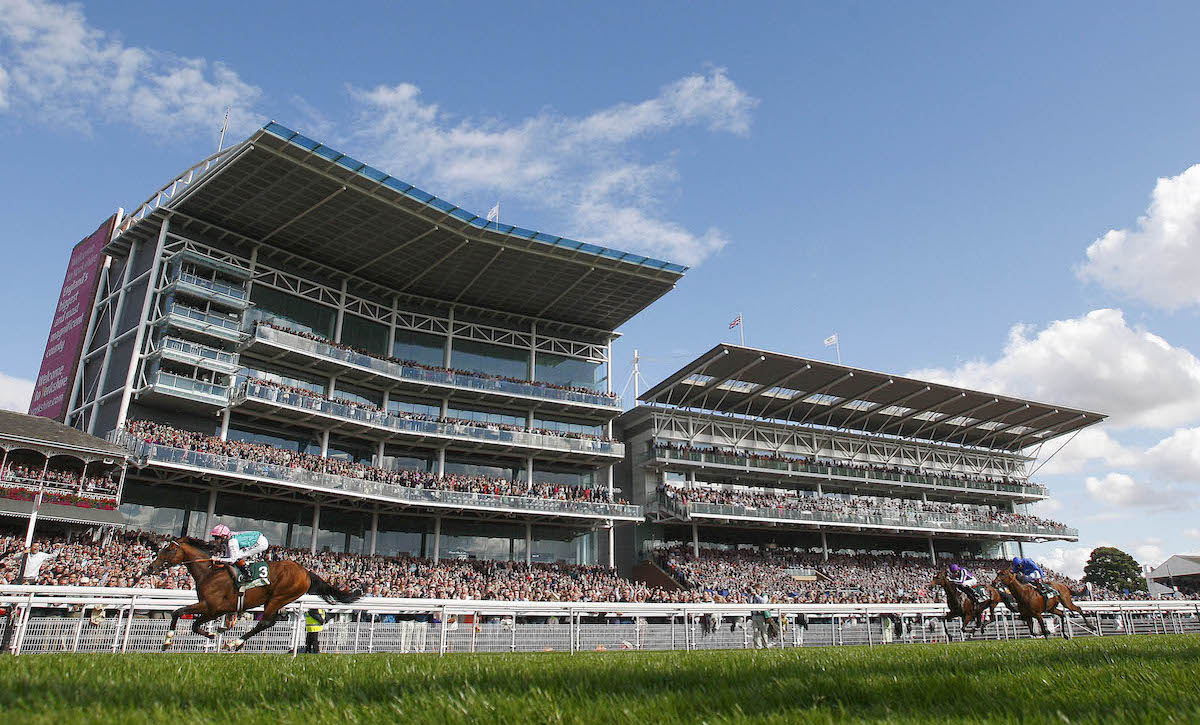 In 1982, Pope John Paul II celebrated Mass at the track before a crowd of 190,000, and in 2005 York staged ‘Royal Ascot’ when the Berkshire circuit was undergoing redevelopment.
In 1982, Pope John Paul II celebrated Mass at the track before a crowd of 190,000, and in 2005 York staged ‘Royal Ascot’ when the Berkshire circuit was undergoing redevelopment.
It’s a compelling case for the past, and we haven’t even mentioned Roberto and Brigadier Gerard, Sea Pigeon and Donegal Prince, Dayjur and the clock, Frankel and Sir Henry Cecil.
Derring-do deeds of recent history
All those mighty signatories to the derring-do deeds of recent history decorated so well the outstanding four-day Ebor meeting (sponsored by Sky Bet) that takes place towards the end of August. The meeting takes its name from Europe’s richest handicap, the £500,000 long-distance contest that crowns the final day, which in turn derives its title from the Roman name for the town, Eboracum. Past and present in lockstep, then.
“The late, great journalist Alan Lee put it best,” says James Brennan, York’s head of marketing and sponsorship, as he gears up for his 24th Ebor meeting from August 23-26.
“He wrote that York didn’t forget its past, nor did it miss the relentless beat of progress. We take pride in the traditional and the modern, and the way it all comes together so beautifully at our showpiece meeting.”
Showpiece is correct. York’s Ebor meeting has neither the royal cachet nor the wider public impact of the fancy-hat shindig at Ascot, but pound-for-pound (in more ways than one) it is very nearly its equal. What makes the Ebor meeting so great? Right from the start, visitors know they’re somewhere special.
“There’s a traditional warm Yorkshire welcome for everyone,” says Brennan, pointing to the counterpoint of the slightly more stuffy Ascot outlook. “There are 2,131 people working front of house and behind the scenes at the Ebor meeting, and they all work very hard at providing a positive feeling for racegoers.
“They take pride in putting on the show, doing their bit for the racecourse and the town. They - we – do the job and let the racing take centre stage.”
The festival mood is further enhanced by what is almost certainly the most affordable bottle of champagne available at any major British racecourse. York is renowned for this aspect of its hospitality and Brennan recognises its value on both sides of the counter.
“The house champagne is around £40 a bottle,” says Brennan. “We don’t make as much on it as we could, but we see it as part of the experience. People have paid to come in and we like to treat them well when they’re here.”
Congeniality – and top-class racing
Welcome to York, have a drink without breaking the bank. It’s a grand start, and the congeniality is exceeded only by the quality of the racing. These are the four days that give York to the racing world, and any conceptions that the music-hall trope of Yorkshire parsimony exists here can be left at the gate (just by the statue of Frankel).
Each of the 28 races over the four days is worth at least £100,000, all the way down to what is by a long way the most valuable maiden race in Britain. Concerns over prize-money are rife in British racing, with owners rightly griping that at certain racecourses they may as well be competing for a rosette and a warm handshake. York is different.
“The race committee invests heavily in the racing programme,” says Brennan. “There is £6.4m on offer across the four days, and we take a long-term view, investing for the healthy future of the racecourse and the racing it puts on.”
Not so much ‘if you build it, they will come’, but ‘if you build up the prize fund, the best will come’. And the best come in multitudes. At the annual end-of-year assizes of the racing jurisdictions, York’s centrepiece G1 Juddmonte International is invariably ranked in the best three races worldwide on ratings, and often leads the list.
Since its inauguration (see below) in 1972, this extended ten-furlong contest has been won by a host of all-time greats, with the glittering roll of honour including Roberto, Dahlia (twice), Triptych, Rodrigo De Triano, Singspiel, Sakhee, Sea The Stars, Frankel, Mishriff and last year Baaeed. This year it brings together the brilliant miler Paddington – already a G1 winner over 1m2f in the Coral-Eclipse – and the wide-margin Prince of Wales’s Stakes winner Mostahdaf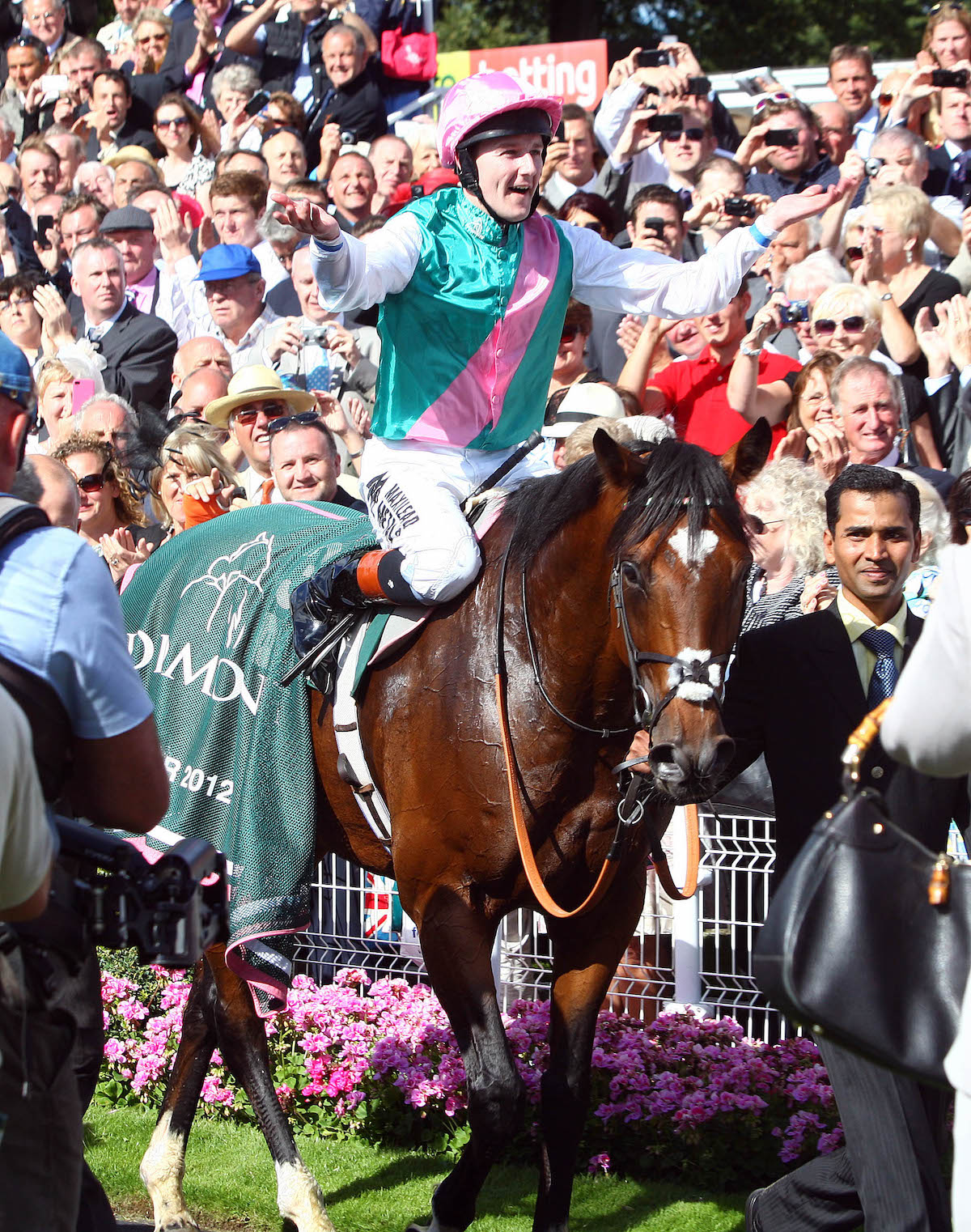 .
.
“The race programme has developed way beyond what was offered when I first started going to the Ebor meeting,” says Ben Warn, chairman of the marketing organisation Go Racing in Yorkshire, which represents the county’s nine Flat and jump tracks.
“Now there is a great race on every day – the International, the Yorkshire Oaks, the Nunthorpe and the Ebor – and that underlines York’s status as one of the best racecourses in the world. This is the flagship meeting at our flagship racecourse and a great showcase for everything that’s good about the sport.”
This year’s Yorkshire Oaks is a rematch between Irish Oaks one-two Savethelastdance and Bluestocking; the locally trained fan favourite Highfield Princess will bid to go back-to-back in the Nunthorpe; and the Ebor will as usual be one of the most competitive handicaps run anywhere in the world, on a par with the Melbourne Cup, for which it has win-and-you’re-in status for the first time.
There’s a lot to take in and, unlike Royal Ascot, people go there to see, not simply to be seen.
‘The Yorkshire crowd knows what it’s looking at’
“The Yorkshire crowd knows what it’s looking at,” says Brennan. “They know a good horse when they see one and there are always plenty to see at the Ebor meeting.”
And in the same way that sylvan Saratoga becomes an extension of the town of Saratoga Springs during its celebrated summer meet, embraced wholeheartedly by the locals, the Ebor meeting takes on an enhanced level of significance to the surrounding city of York, with its ancient Roman walls just a short walk from the modern racecourse.
“It’s a huge week for the city,” says Warn. “The wider importance of the racecourse and its continuing success really means a lot to the people who live and work there.”
The Ebor meeting’s position in the calendar also lends it an incidental rosy glow, for it can be viewed as symbolising the end of summer. It’s the last of Britain’s great Flat festival hurrahs, the point at which the emphasis changes and the international calendar begins to get serious, Ireland, France, Australia, America, Japan, Hong Kong. In beginning this process the Ebor meeting tolls the valedictory note of summer, and talking of valedictory notes …
“One of the main factors this year is that it’s Frankie Dettori’s last big York meeting,” says Brennan. “I think he’s had 66 winners, it’d be great if he could get to a round 70, and it’ll be a week of nostalgia – memories of all those great days with Halling, Authorized, Stradivarius and Enable – for racing fans and all the team here.”
The past is always leaning companionably over the present’s shoulder at York, and the future is in good hands too. There’s a £5m investment in the works to redevelop the area south of the main grandstand, providing more room and more facilities for the 75,000 spectators who will tread in the footsteps of Dick Turpin on their way into the Knavesmire next week, with, it’s safe to say, a warmer welcome and a more enjoyable time guaranteed for the horse crowd compared to that which awaited the horse thief.
A glorious past, a captivating present, a dynamic future. York, and its flagship Ebor meeting, has the lot, all bases covered. “It’s the highlight of the year,” says Warn. “York just gets it right.”
Three of York’s greatest races
May 1851 – The Great Match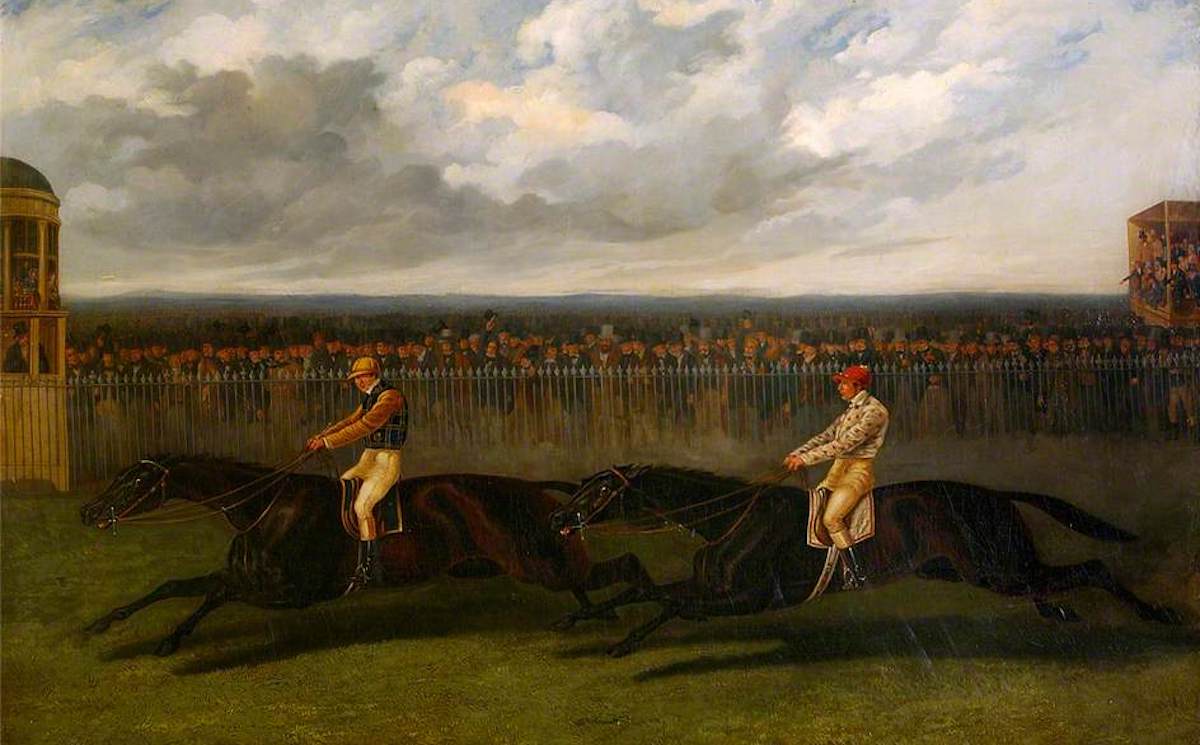
Sometimes it just takes two. The Flying Dutchman had won the Derby in 1849 and Voltigeur followed him on Epsom’s roll of honour, and they met for the first time in the 1850 Doncaster Cup, when Voltigeur won by half a length after The Flying Dutchman’s jockey Charlie Marlow got drunk and set a suicidal pace.
The rematch was the big one, and a six-figure crowd turned out on the Knavesmire to watch The Flying Dutchman gain revenge on his younger rival by a length.
August 1972 – The Brigadier is beaten
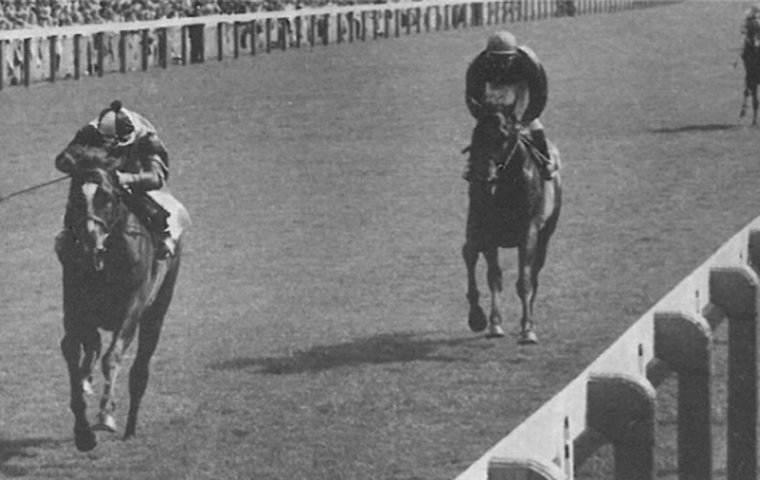 Fifteen races, 15 wins. The outstanding champion Brigadier Gerard was apparently unbeatable, and the inaugural running of the Benson & Hedges Gold Cup (now the Juddmonte International) was the perfect stage to showcase his brilliance. But the best-laid plans, and all that.
Fifteen races, 15 wins. The outstanding champion Brigadier Gerard was apparently unbeatable, and the inaugural running of the Benson & Hedges Gold Cup (now the Juddmonte International) was the perfect stage to showcase his brilliance. But the best-laid plans, and all that.
Instead of the expected lap of honour, Derby winner Roberto made all under Panamanian jockey Braulio Baeza and trounced the Brigadier by three lengths in track-record time. Roberto crossed the line in silence, the crowd rendered speechless by the sight of the beaten Brigadier.
August 2012 - Frankel takes flight
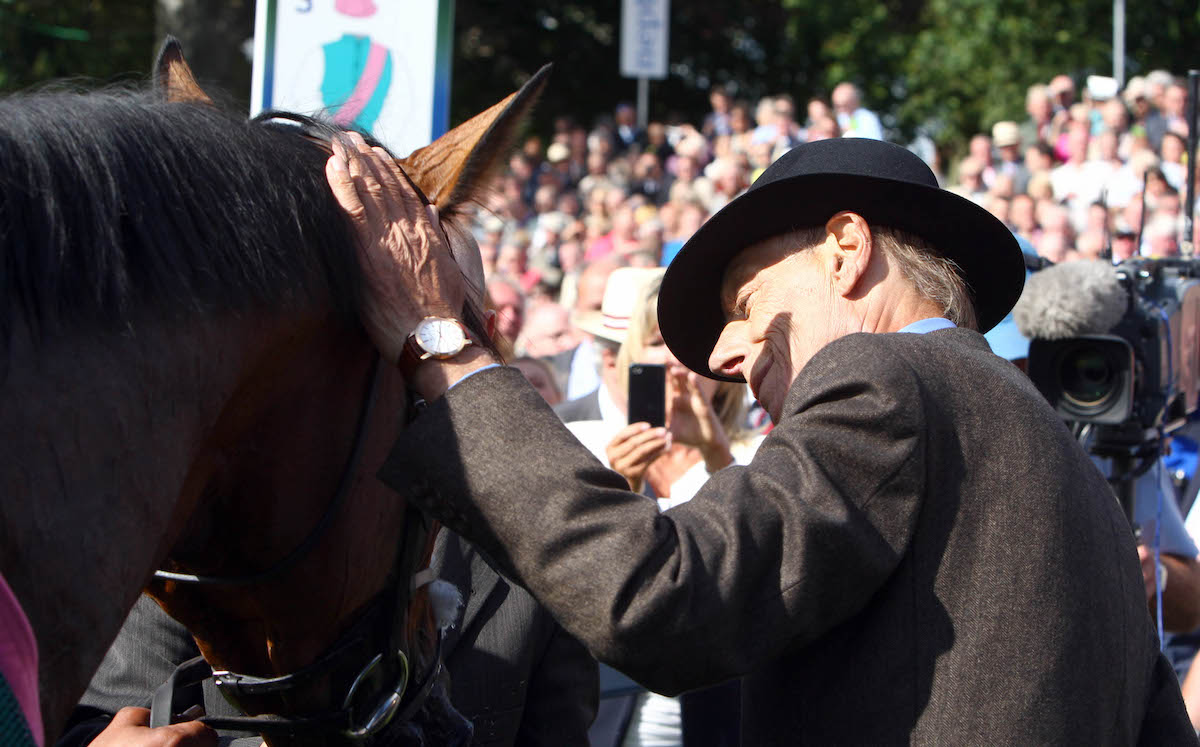 More than merely a horse race. On Frankel’s first attempt beyond a mile in the Juddmonte International, he put his high-class rivals to the sword in thrilling fashion, surging seven lengths clear to underscore his status as the world’s best horse.
More than merely a horse race. On Frankel’s first attempt beyond a mile in the Juddmonte International, he put his high-class rivals to the sword in thrilling fashion, surging seven lengths clear to underscore his status as the world’s best horse.
Just as memorable was the aftermath, when his frail, dying trainer Sir Henry Cecil, who was being treated for cancer, made his first public appearance for months to welcome in his champion. The ovation was as much for the man as for his horse.
• Visit the York Racecourse website
View the latest TRC Global Rankings for horses / jockeys / trainers / sires


